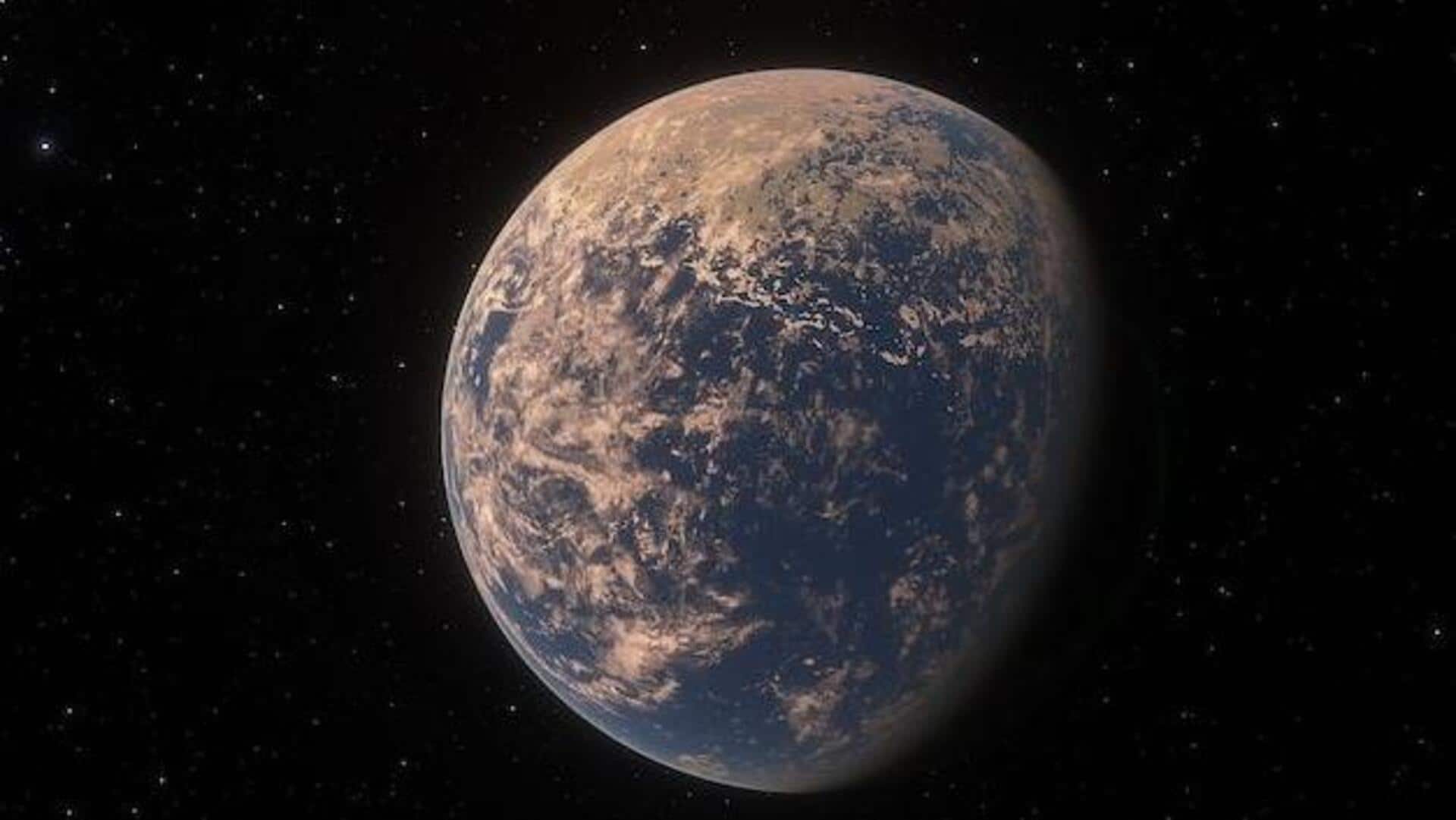Unveiling GJ 1132 b
The exoplanet GJ 1132 b, recognized as an Earth-like world, has become the target of much scientific interest. Situated relatively close to Earth in cosmic
terms, it orbits an M-dwarf star. These stars, also known as red dwarfs, are smaller and cooler than our Sun, making the planets that orbit them an intriguing subject for study. The James Webb Space Telescope (JWST), with its advanced capabilities, was employed to investigate the atmospheric composition of GJ 1132 b. The initial hopes included detecting an atmosphere resembling Earth's, a crucial step towards determining the potential habitability of planets around these stars. The results, however, presented a significant shift in the ongoing discourse.
JWST's Powerful Methods
The James Webb Space Telescope's sophisticated instruments played a key role in this discovery. Using its Near-Infrared Spectrograph (NIRSpec) and Mid-Infrared Instrument (MIRI), the telescope analyzed light passing through the exoplanet's atmosphere. The principle involved observing how the starlight filters through an atmosphere, creating a unique spectral fingerprint that helps identify its components. For GJ 1132 b, the data obtained allowed scientists to determine the presence, or rather the absence, of an atmosphere with considerable precision. The methods employed included transit spectroscopy, which scrutinizes the starlight as the planet moves in front of its star. The precision of JWST allows for incredibly detailed analyses, which is far beyond what was obtainable with prior space telescopes. This is how scientists obtained the critical data that would challenge previous expectations.
Absence of Atmosphere Found
The JWST's observations provided a clear conclusion: GJ 1132 b does not have a significant atmosphere. This finding directly challenges the belief that Earth-like planets orbiting red dwarfs are likely to have atmospheres conducive to life. Because the exoplanet is tidally locked, the intense radiation from its nearby star could have stripped away any early atmosphere. This scenario means the planet's conditions would differ dramatically from Earth's. The absence of a substantial atmosphere also impacts the planet's temperature regulation; its surface temperature is likely extremely harsh.
Implications for Habitability
The absence of an atmosphere on GJ 1132 b carries extensive implications for the search for life outside Earth. The primary question centers on the habitability of planets in the habitable zones of M-dwarf stars. These stars are the most common in the Milky Way galaxy. Considering the number of M-dwarf stars, astronomers had previously assumed that the habitable zones around them would hold numerous potentially habitable planets. However, this discovery prompts scientists to reconsider the very idea of habitability. A key factor would be the possibility of a molten surface where the atmosphere could have boiled away. The absence of an atmosphere presents a clear obstacle to life, as we understand it, on this exoplanet.
Steam Layer Speculation
Scientists have put forth the idea of a thin steam atmosphere. This speculation suggests that, in the presence of the right conditions, a thin layer of water vapor might exist, potentially maintained through geological processes. A steam atmosphere, even if present, would have very limited capacity. If the surface is constantly exposed to the intense radiation, a thin steam layer might be quickly destroyed. This hypothesis indicates the need for additional research. Scientists have stated this research would allow for a deeper grasp of how habitable zones may operate around M-dwarf stars. If the theory holds up, it implies that GJ 1132 b could still potentially be capable of retaining traces of water, but the exact parameters are a point of contention.
Future Research, Next Steps
Future scientific studies will depend on this crucial discovery made by JWST. Scientists plan to continue investigations into other exoplanets orbiting M-dwarf stars, which will focus on both the presence and the composition of their atmospheres. Detailed characterization of the atmospheres of these exoplanets will be crucial to determine their potential for habitability. The need for new sophisticated models for the assessment of habitable zones is clear, particularly around M-dwarf stars. Moreover, the studies will incorporate data from different telescopes and instruments. The purpose is to provide a complete picture of these distant worlds. The scientific community aims to refine the models that they utilize when looking for signs of life beyond Earth.










